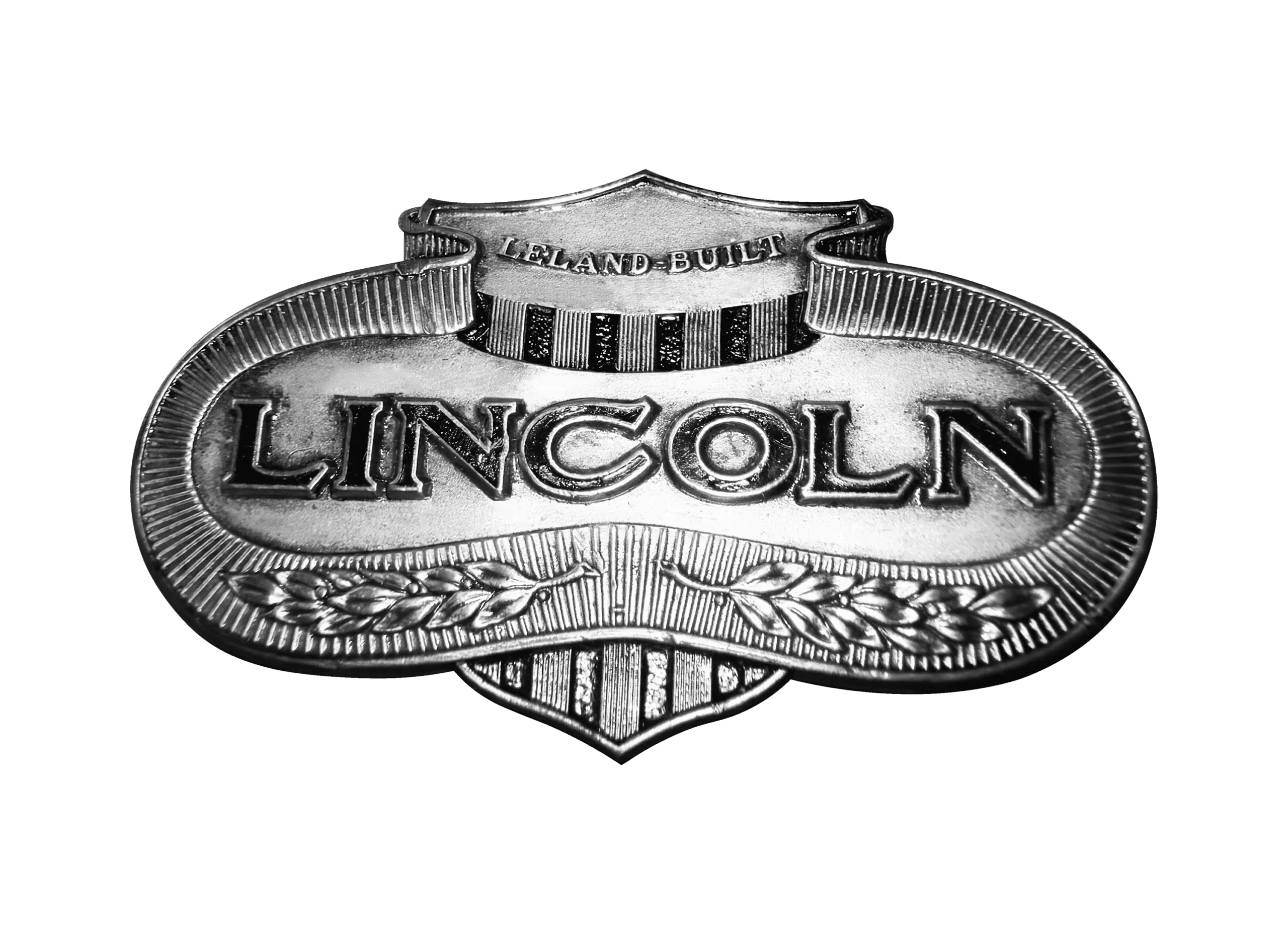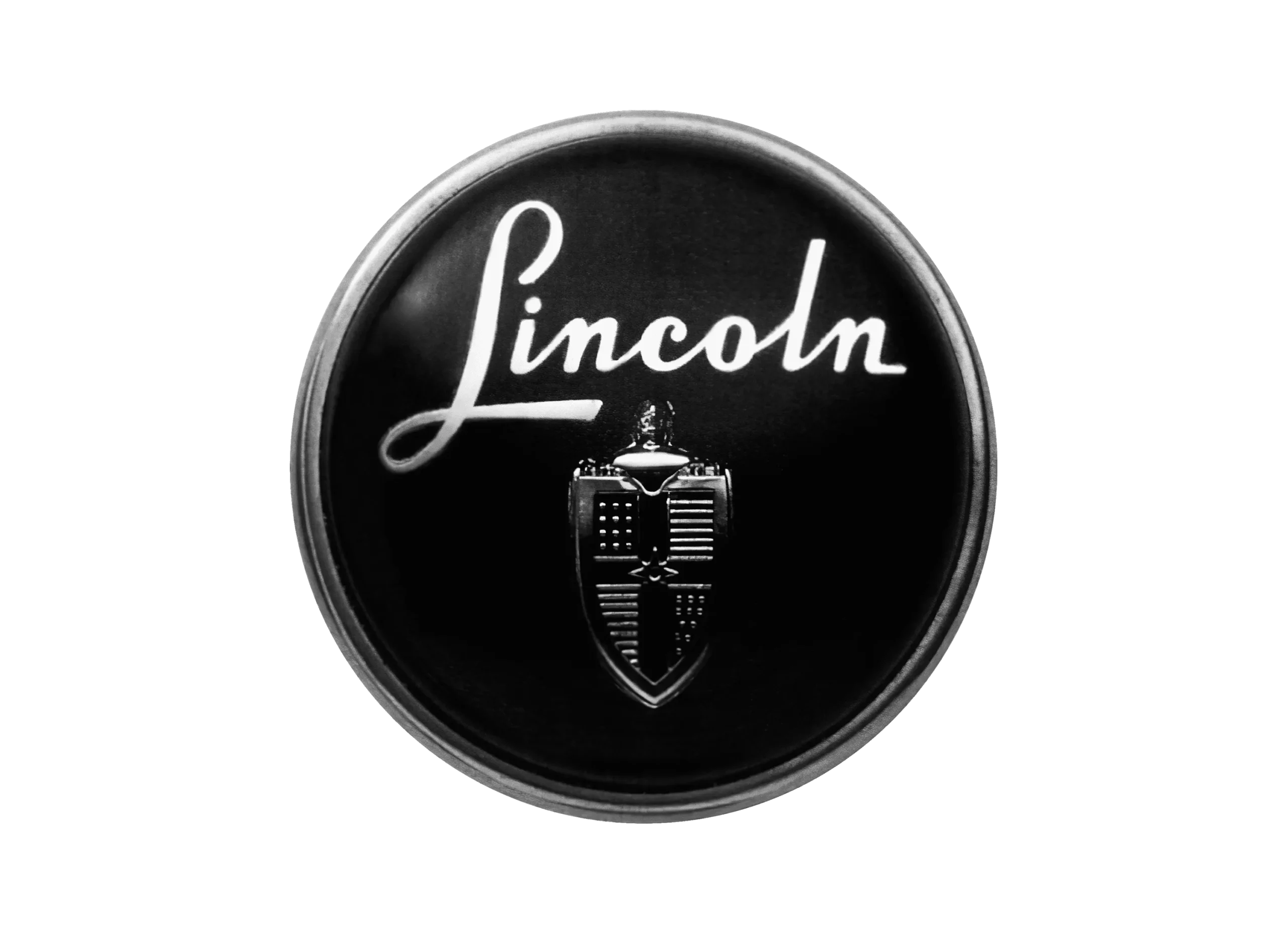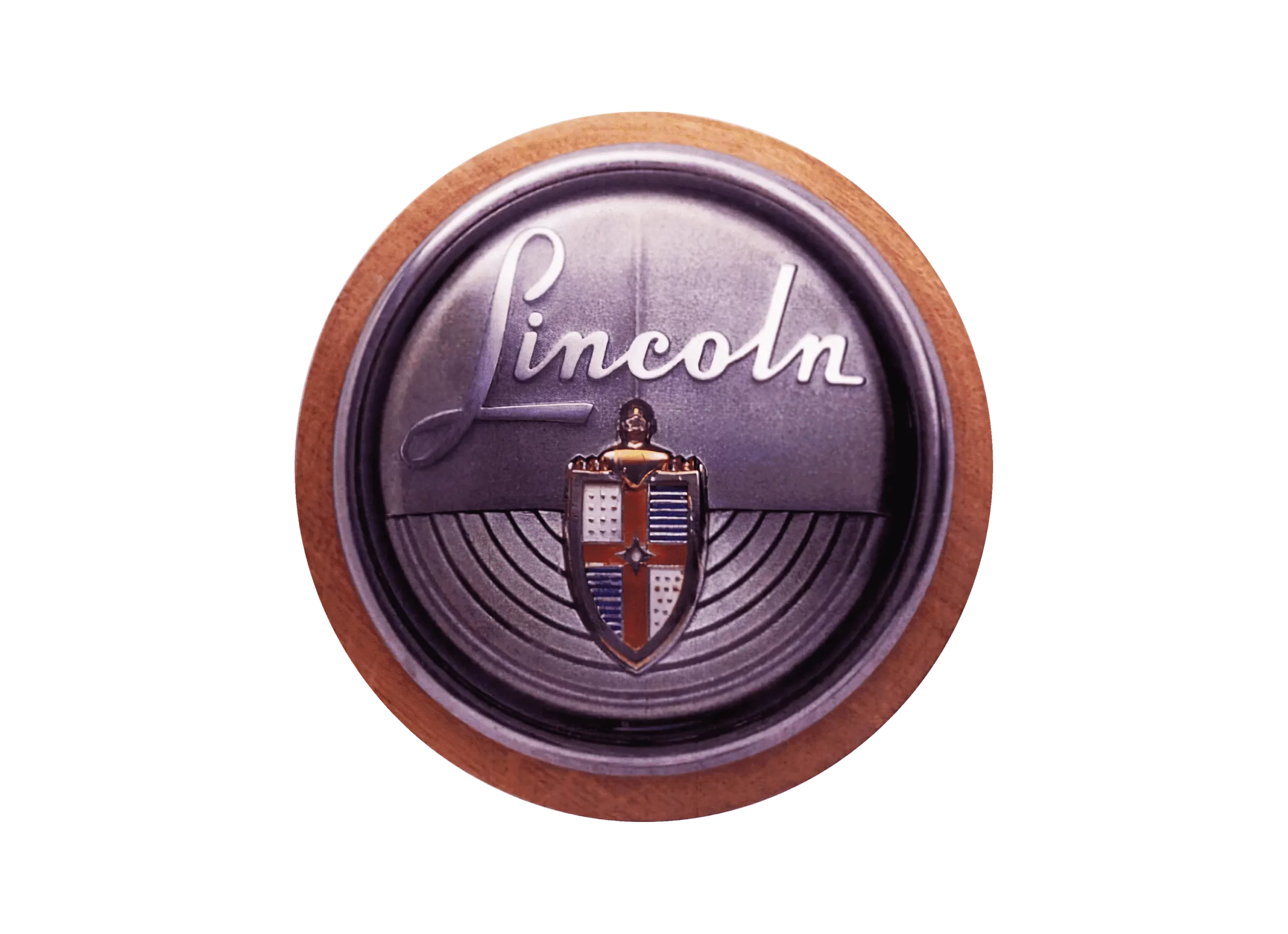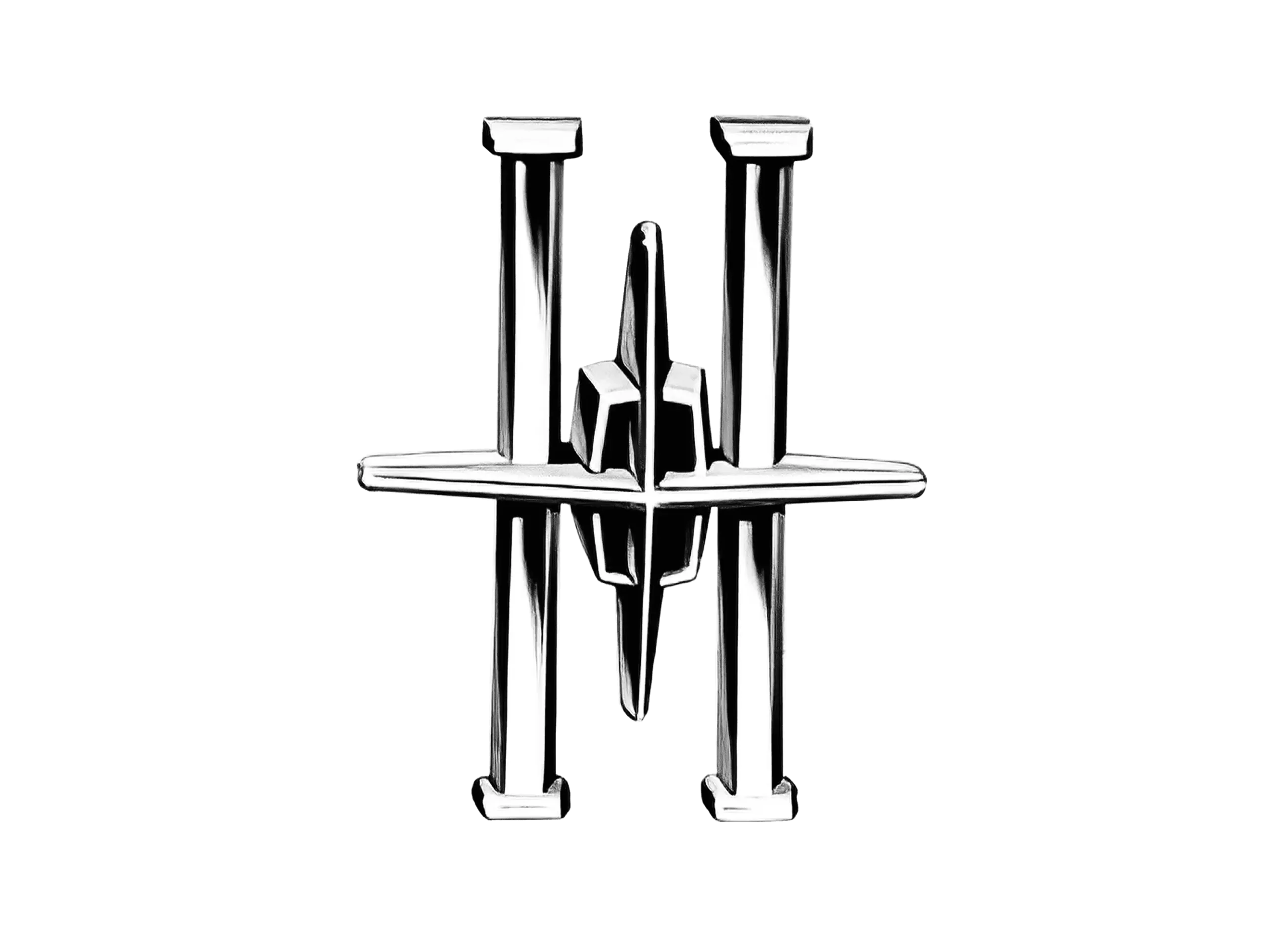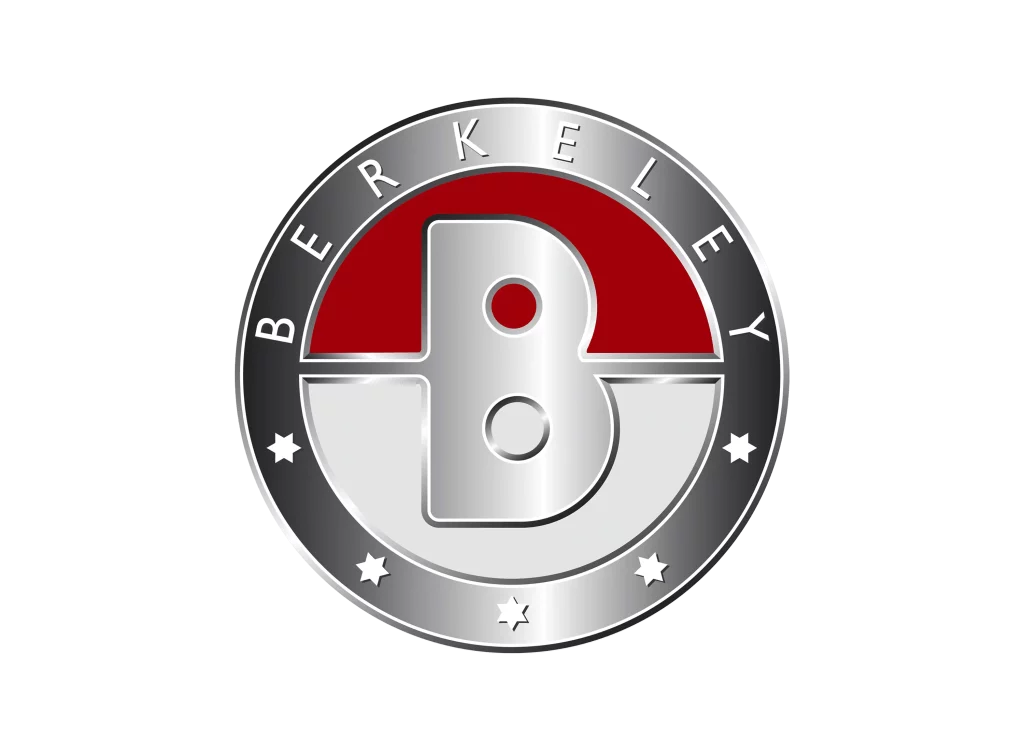Lincoln logo

The Lincoln logo is a distinctive and iconic emblem that has undergone several changes throughout its history. The current logo features a stylized cross that intersects a rectangular frame at four points, creating a sense of symmetry and balance. The cross is inspired by the historic emblem of the Knights Templar and has been a central element of the Lincoln logo since the brand’s inception.
At the bottom of the emblem is the word “LINCOLN” in bold, uppercase letters, creating a clear and recognizable brand name. The font used in the logo is simple and elegant, further emphasizing the brand’s commitment to luxury and refinement. The emblem is typically displayed in a chrome finish, giving it a premium and sophisticated look.
Overall, the Lincoln logo is a perfect representation of the brand’s focus on quality, style, and innovation. The combination of the cross and the bold lettering creates a powerful and memorable emblem that is instantly recognizable to automotive enthusiasts worldwide.
Lincoln Brand Overview
1917
Henry M. Leland and Wilfred Leland
Dearborn, Michigan, U.S.
Lincoln is an American luxury car brand that is a division of the Ford Motor Company. The brand has a rich history dating back to 1917, when it was founded by Henry Martyn Leland, who had previously been an executive at Cadillac. Leland named the company after Abraham Lincoln, who was his hero.
Lincoln produced luxury cars from the beginning, and during the 1920s and 1930s, it was one of the most prestigious and successful brands in the United States. However, the Great Depression hit the company hard, and it struggled to stay afloat. In 1922, the company was sold to Ford Motor Company, which invested heavily in the brand and helped it to become successful once again.
Over the years, Lincoln has produced many iconic cars, including the Continental, the Town Car, and the Navigator. Today, the brand is known for its luxury sedans and SUVs, and it continues to innovate and push the boundaries of what is possible in automotive design and technology.
Lincoln History
Lincoln is a luxury car brand that is part of the Ford Motor Company. The history of Lincoln can be traced back to the early 20th century, when it was founded by Henry Martyn Leland. Leland was a former manager at Cadillac who left the company after a dispute with General Motors founder William Durant. In 1917, Leland founded the Lincoln Motor Company and named it after his hero, President Abraham Lincoln.
The early years of Lincoln were challenging, as the company struggled to establish itself in a crowded automotive market. However, the company’s fortunes changed in 1922, when it was purchased by Ford Motor Company. Under Ford’s ownership, Lincoln began to produce a line of luxury cars that quickly gained popularity with affluent buyers.
Throughout the 1930s, Lincoln continued to innovate, introducing a number of new features that set it apart from other luxury car brands. In 1936, the company introduced the first V12 engine in a production car, which provided a level of performance and refinement that was unmatched at the time. Lincoln also introduced the first power-operated convertible top, which quickly became a hallmark of the brand.
During World War II, Lincoln shifted its focus to military production, building aircraft engines and other equipment for the war effort. After the war, the company resumed production of luxury cars, and continued to innovate with features like air conditioning, power windows, and power seats.
In the 1950s, Lincoln began to embrace the “jet age” styling that was popular at the time, with sleek lines and futuristic design elements. The company also introduced a number of new models, including the Continental, which quickly became an icon of American automotive design.
Throughout the 1960s and 70s, Lincoln continued to produce luxury cars that were popular with upscale buyers. However, the company faced increasing competition from European luxury brands, which were gaining popularity in the United States.
In the 1980s and 90s, Lincoln struggled to find its footing in an increasingly competitive luxury car market. However, the company continued to innovate, introducing features like air suspension and electronic fuel injection.
In the 2000s, Lincoln began a major rebranding effort, with a focus on creating a more contemporary image for the brand. The company introduced a number of new models, including the MKZ and the MKX, which were designed to appeal to younger buyers.
Today, Lincoln continues to produce a line of luxury cars that are known for their style, comfort, and performance. The company’s current lineup includes the Navigator SUV, the Aviator crossover, and the Corsair compact SUV. Lincoln is also working on developing a new line of electric vehicles, which are expected to debut in the coming years.

